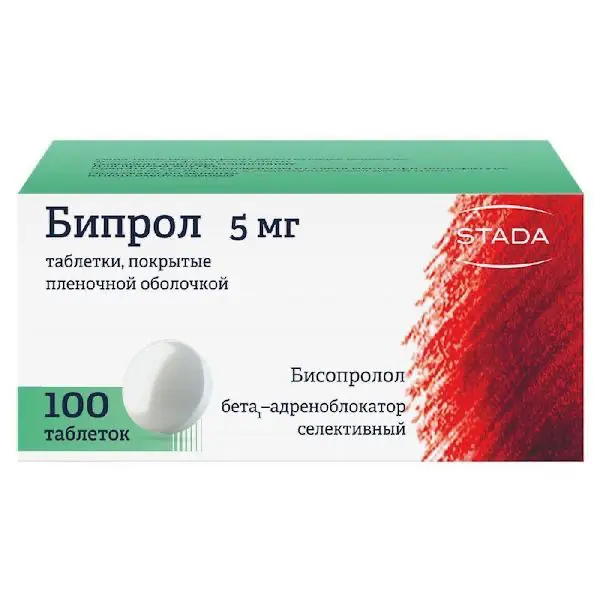Description
Lercanorm Pharmacodynamics
Lercanidipine is a selective blocker of “slow” calcium channels, a derivative of 1,4-dihydropyridine, inhibits transmembrane flow of calcium ions in vascular smooth muscle cells. The mechanism of antihypertensive action of lercanidipine is due to a direct relaxant effect on vascular smooth muscle cells, resulting in reduction of total peripheral vascular resistance. Despite relatively short plasma elimination half-life (T1/2), lercanidipine has a prolonged antihypertensive effect due to its high membrane distribution coefficient. The therapeutic effect is achieved 5-7 hours after oral administration, and its duration lasts for 24 hours. Due to high selectivity to vascular smooth muscle cells, lercanidipine has no negative inotropic effect
A marked decrease in blood pressure (BP) with reflex tachycardia is rare due to the gradual development of vasodilation when taking lercanidipine.
Lercanidipine is a racemic mixture of (+) R- and (-) S-enantiomers. The antihypertensive effect of lercanidipine, like other asymmetric 1,4-dihydropyridine derivatives, is mainly determined by the S-enantiomer.
Indications
– Grade 1 – 2 arterial hypertension
Contraindications
Hypersensitivity to lercanidipine, other dihydropyridine-type derivatives or any drug component;
-untreated heart failure;
-unstable angina pectoris;
-obstruction of the left ventricular outflow tract;
-Period within 1 month after myocardial infarction;
-severe hepatic insufficiency;
-Severe renal insufficiency (CKR less than 30 ml/min);
-Pregnancy and breastfeeding;
-Use in women of childbearing age who do not use reliable contraception;
-Under 18 years of age (effectiveness and safety have not been established);
-Lactose intolerance, lactase deficiency, glucose-galactose malabsorption syndrome;
-concomitant use with CYP3A4 isoenzyme inhibitors (ketoconazole, itraconazole, erythromycin, ritonavir, troleandomycin) (see section “Interaction with other medicinal products”);
-concomitant use with cyclosporine (see section “Interaction with other medicinal products”);
-concomitant administration with grapefruit juice (see section “Interaction with other medicinal products”).
How to use and dosages.
- Orally.
- The drug Lercanorm is taken 10 mg once a day in the morning, at least 15 minutes before a meal, without chewing, with plenty of water.
- Depending on the therapeutic effect and individual tolerance of the patient, the dose may be increased to 20 mg. The therapeutic dose is adjusted gradually, because the maximum antihypertensive effect develops about 2 weeks after the start of the drug.
- It is unlikely that the effectiveness of the drug will increase with increasing the dose more than 20 mg per day, at the same time the risk of side effects increases.
- Use in elderly patients
- No dosage adjustment is required in elderly patients when using Lercanorm, however, caution should be exercised during its administration, especially at the beginning of treatment
- Administration in patients with kidney or liver dysfunction
- When using Lercanorm in patients with renal insufficiency
(CKD over 30 ml/min) or mild to moderate hepatic insufficiency, caution should be exercised. The initial dose is 10 mg per day. Increasing the dose to 20 mg per day should be done with caution. If the antihypertensive effect is too pronounced, the dose should be reduced. - Lercanorm is contraindicated in renal failure (CKR less than 30 ml/min) and severe hepatic failure (see section “Contraindications”).





